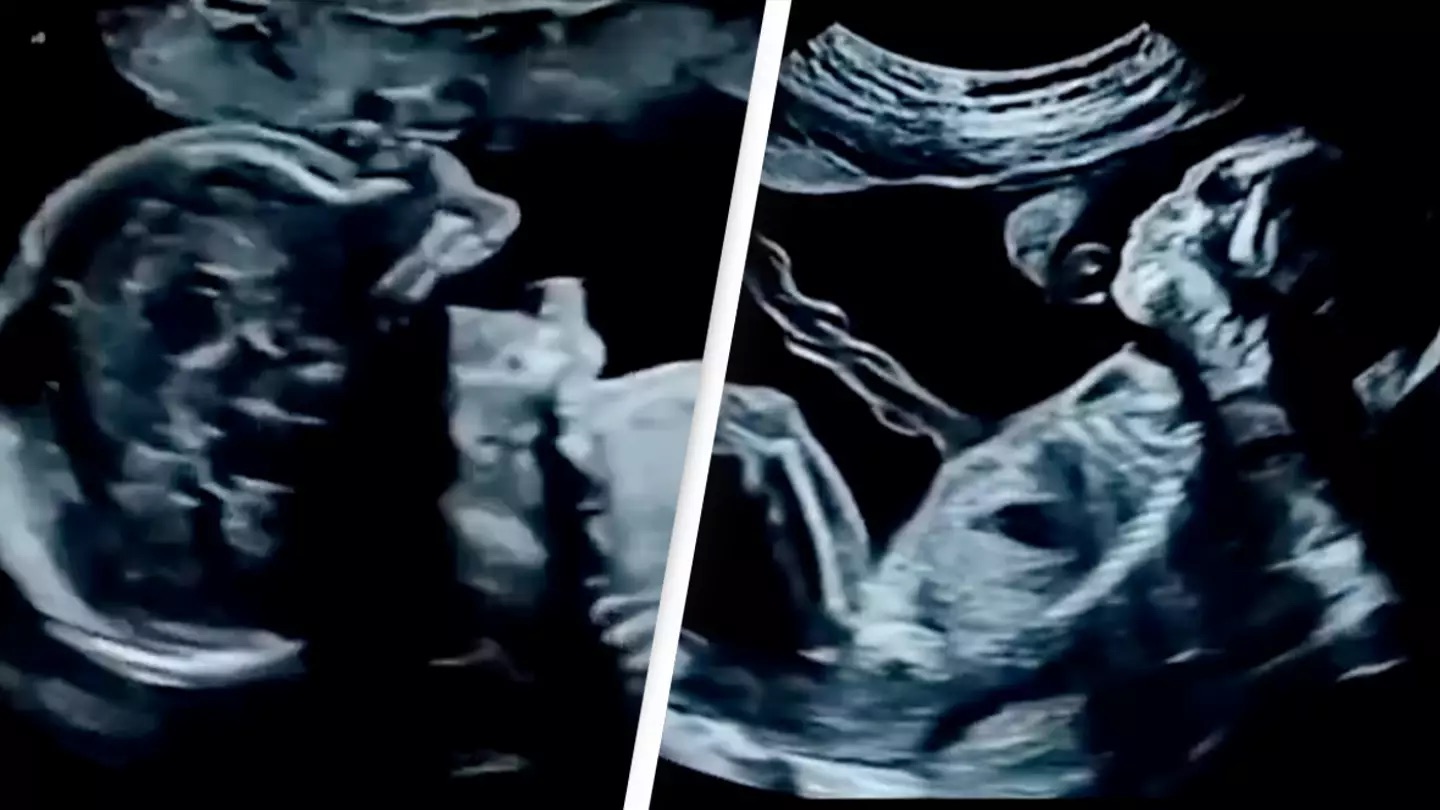A video has recently surfaced online showing the surprising and active behavior of babies inside the womb, leaving viewers amazed. While it’s common knowledge that babies move in the womb—sometimes visibly from the outside—their exact activities often remain a mystery. This video, however, offers a rare and fascinating peek at what they get up to before birth.
Typically, we imagine fetuses as delicate and small, but the video, shared on X (formerly Twitter), shows them moving with impressive energy. The footage captures a wide range of activities, including drinking amniotic fluid, yawning, crying, urinating, jumping, sliding, and kicking. In one particularly striking moment, a baby appears to be “digging” into the uterus.
Some of the movements are gentle and heartwarming, while others are so vigorous they almost seem uncomfortable for the baby. At one point, the video shows an unborn baby leaping headfirst from one side of the womb to the other.
Viewers were quick to express their astonishment online. One user exclaimed, “DIGGING UTERUS WHAT.” Another joked, “Dude wanted to come out before his time.” Others marveled at the intensity of the activity, with one commenting, “The lil homies are really wilding in there.”
While feeling a tiny foot push against your belly button might be uncomfortable, it’s all part of a crucial developmental process. According to a study in Scientific Reports, these fetal movements play an important role in helping babies map their bodies and interact with their environment. The study examined 19 newborns, aged between 31 and 42 weeks, and found that their movements aligned with their corrected gestational age. For example, a baby born at 35 weeks displayed movement typical of a 36-week fetus after one week.
The research suggested that these kicks in the third trimester help develop the brain regions associated with sensory input, aiding the baby in understanding its own body. Lead researcher Lorenzo Fabrizi, PhD, explained, “Spontaneous movement and consequent feedback from the environment during early development are necessary for proper brain mapping in animals like rats. Here we showed this might also be true in humans.”
If you’re pregnant and don’t feel every movement shown in the video, it’s likely due to your baby’s individual growth and development stage. Some babies are naturally less active, preferring to roll rather than kick forcefully. Movements typically become noticeable around 15 weeks, starting with flutters and swishes, and later evolving into kicks, rolls, and elbows as the baby grows.
